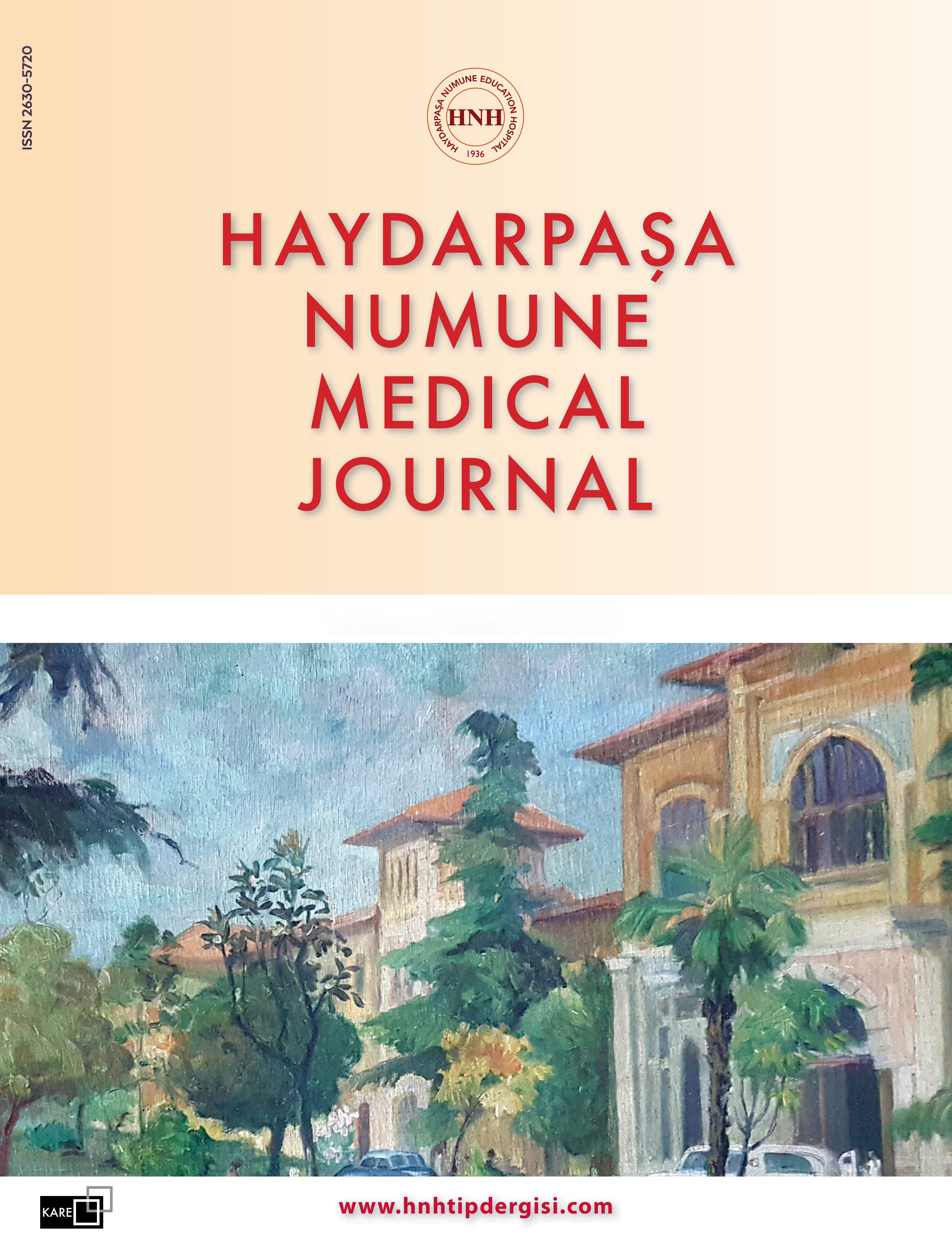Comparison of Local Anesthesia and Analgesic Effects of Piroxicam in Aspiration Curettage
Akın Dayan, Emine Zeynep Tuzcular VuralDepartment of Family Medicine, University of Health Sciences Türkiye, Haydarpaşa Numune Training and Research Hospital, Istanbul, TürkiyeINTRODUCTION: We aimed to investigate whether piroxicam, either alone or in combination with the local anaesthetic agent lidocaine hydrochloride, differs from standalone local anaesthesia and without medication, thereby providing effective pain control in the termination of early pregnancies.
METHODS: Our study is a case-control study in which 177 individuals with pregnancies between 5-9 weeks of gestation who applied to the research hospital, Department of Obstetrics and Gynecology, for legal pregnancy termination were included. The participants were divided into four groups. The groups were administered as follows: a control group without medication, a paracervical block with lidocaine hydrochloride, sublingual piroxicam, and a combination of both lidocaine hydrochloride and sublingual piroxicam. After the completion of the aspiration curettage procedure, the pain intensity experienced by the groups was evaluated using the Five-Point Pain Scale.
RESULTS: The participants' mean age was 31.02±6.14 years, and the average gestational week was 7.05±0.78. There was a statistically significant difference in pain intensity among the groups (p<0.001). The pain intensity in the control group was significantly higher than in the local anaesthetic (p<0.001), piroxicam (p<0.001), and piroxicam + local anaesthetic (p<0.01) groups.
DISCUSSION AND CONCLUSION: The use of lidocaine hydrochloride for paracervical block, in combination with piroxicam during the aspiration curettage procedure for pregnancies between 5-9 weeks, is effective, safe, and provides good pain control.
Keywords: Abortion, Legal, Local Anesthesia, Piroxicam.
Manuscript Language: English
















